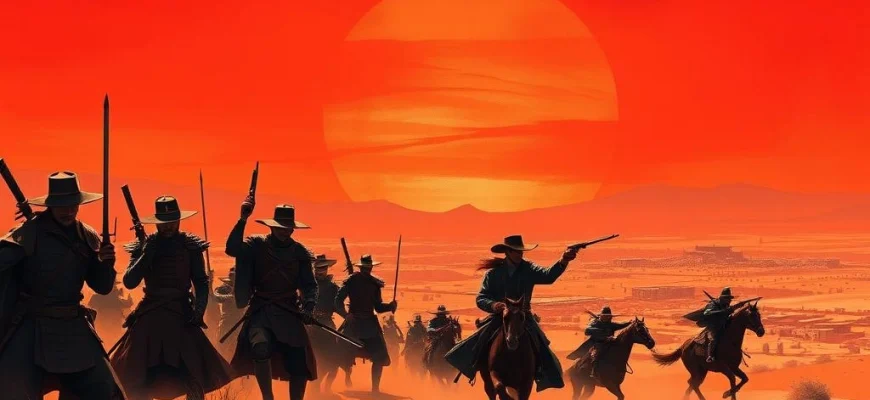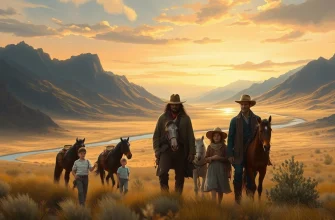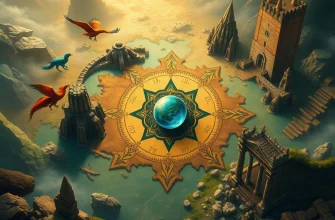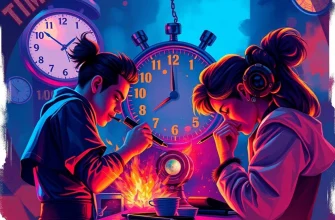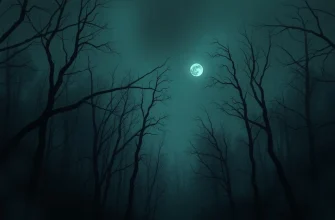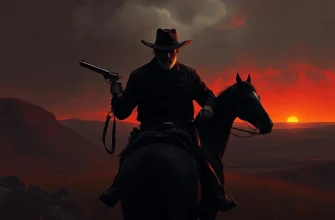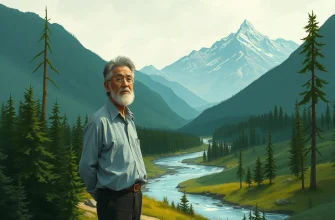If you loved the gritty, cross-cultural tension and explosive action of Red Sun (1970), this list is for you. We’ve curated 10 movies and shows that capture the same blend of Western grit, samurai honor, and unexpected alliances. Whether you're a fan of the genre or just discovering it, these picks will keep you on the edge of your seat.
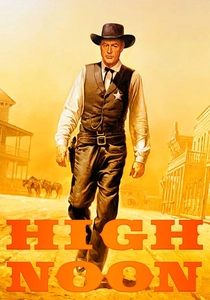
High Noon (1952)
Description: Presents a tense, real-time narrative about a lawman standing alone against outlaws. The psychological drama unfolds against the backdrop of a Western town's moral ambiguity.
Fact: The film was shot in near real-time to match its story timeline. It was controversial for its allegorical critique of McCarthyism during production.
 Watch Now
Watch Now 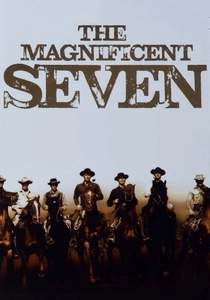
The Magnificent Seven (1960)
Description: A classic ensemble Western about hired guns defending a village, blending action with character-driven storytelling. The film balances heroic ideals with the harsh realities of the frontier.
Fact: The movie is an American adaptation of Akira Kurosawa's Seven Samurai. The theme music has been used in countless commercials and became instantly recognizable.
 Watch Now
Watch Now 
A Fistful of Dollars (1964)
Description: Revolutionized the Western genre with its minimalist dialogue, stark visuals, and morally complex characters. The film's tension builds through prolonged silences and sudden violence.
Fact: This was the first spaghetti Western to achieve major international success. The film was made on an extremely low budget, with many props borrowed from locals.
 Watch Now
Watch Now 
For a Few Dollars More (1965)
Description: Continues the themes of bounty hunters and personal vendettas in a lawless land. The film's pacing alternates between slow tension and explosive action.
Fact: The musical pocket watch motif was created by mixing clock sounds with musical instruments. This was the first Western to use the now-cliché Mexican standoff trope.
 Watch Now
Watch Now 
The Good, the Bad and the Ugly (1966)
Description: This film shares a gritty, morally ambiguous Western setting with intense standoffs and a focus on antiheroes. Its visual style emphasizes vast landscapes and close-ups, creating a tense atmosphere.
Fact: The iconic final showdown was filmed in a specially constructed cemetery with over 100 extras. The film's score by Ennio Morricone is one of the most recognizable in cinema history.
 Watch Now
Watch Now 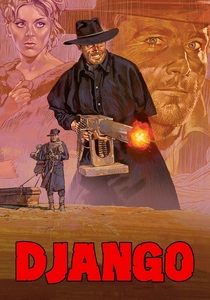
Django (1966)
Description: A violent, revenge-driven Western with a lone protagonist navigating a corrupt world. The film's dark tone and brutal action sequences are key similarities.
Fact: The movie was so influential it spawned over 30 unofficial sequels. The protagonist's coffin drag is one of the most iconic images in spaghetti Westerns.
 Watch Now
Watch Now 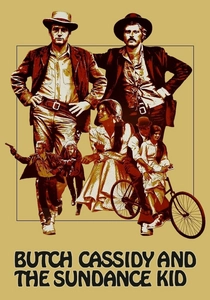
Butch Cassidy and the Sundance Kid (1969)
Description: Blends Western action with character-driven humor, following outlaws on the run. The film's mix of camaraderie and inevitable doom creates a unique tone.
Fact: The movie popularized the use of sepia-toned flashback sequences. The iconic bicycle scene was improvised and nearly cut from the film.
 Watch Now
Watch Now 
Once Upon a Time in the West (1968)
Description: Features a slow-burning narrative with deep character studies and a focus on revenge, set against the backdrop of a changing frontier. The cinematography captures the harsh beauty of the West.
Fact: The film's opening sequence lasts over 10 minutes with almost no dialogue. It was initially a box office failure but later gained cult status.
 Watch Now
Watch Now 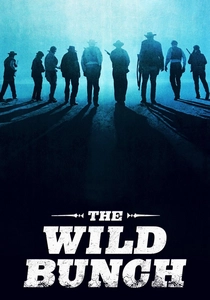
The Wild Bunch (1969)
Description: A brutally violent Western about aging outlaws, featuring elaborate shootouts and themes of loyalty in a changing world. The film's graphic violence was groundbreaking for its time.
Fact: The final shootout required over 10,000 squibs (small explosive charges for bullet hits). Director Sam Peckinpah used slow motion extensively to emphasize the violence's impact.
 Watch Now
Watch Now 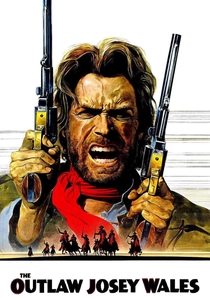
The Outlaw Josey Wales (1976)
Description: Follows a vengeful Confederate guerrilla after the Civil War, combining intense action with themes of redemption. The protagonist's journey through a war-torn landscape mirrors other gritty Westerns.
Fact: Clint Eastwood performed most of his own stunts despite studio objections. The film marked a turning point in Eastwood's career toward more complex Western characters.
 Watch Now
Watch Now 
